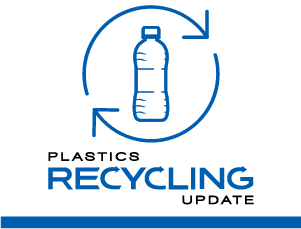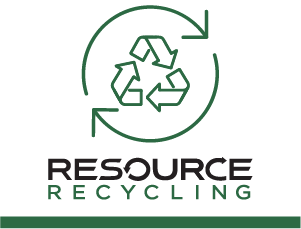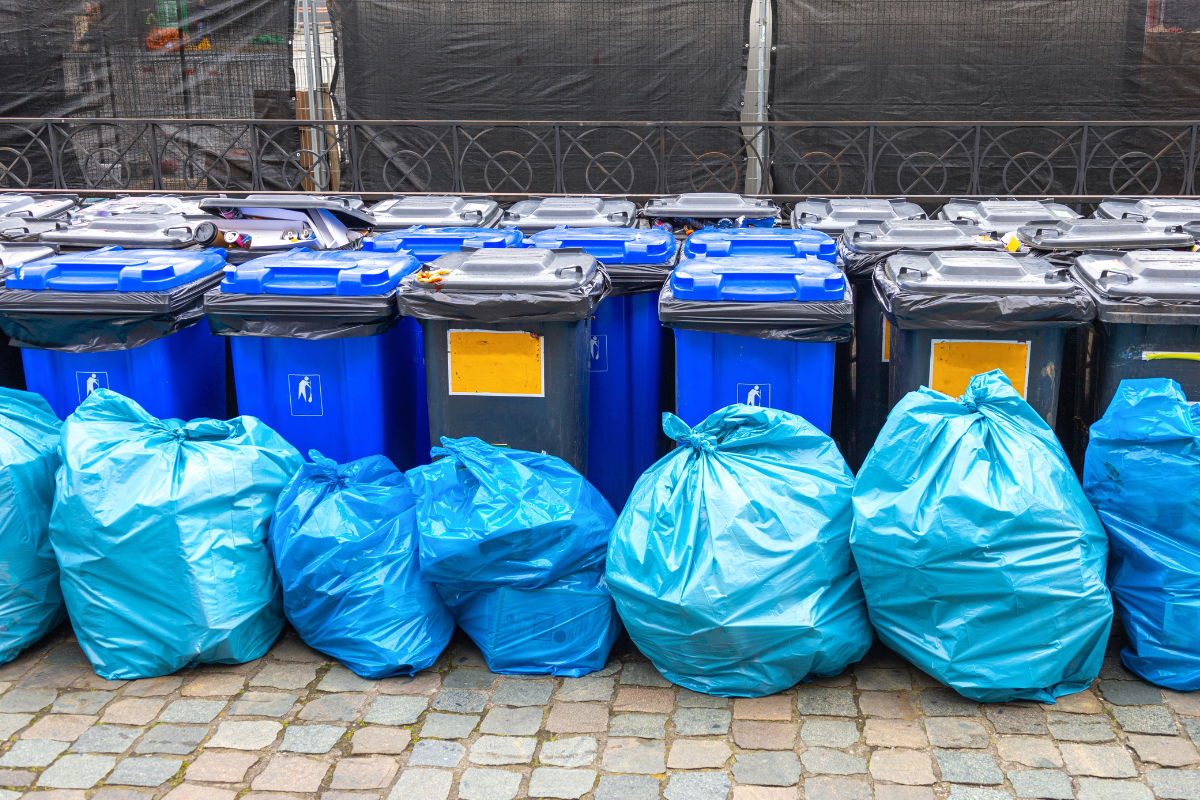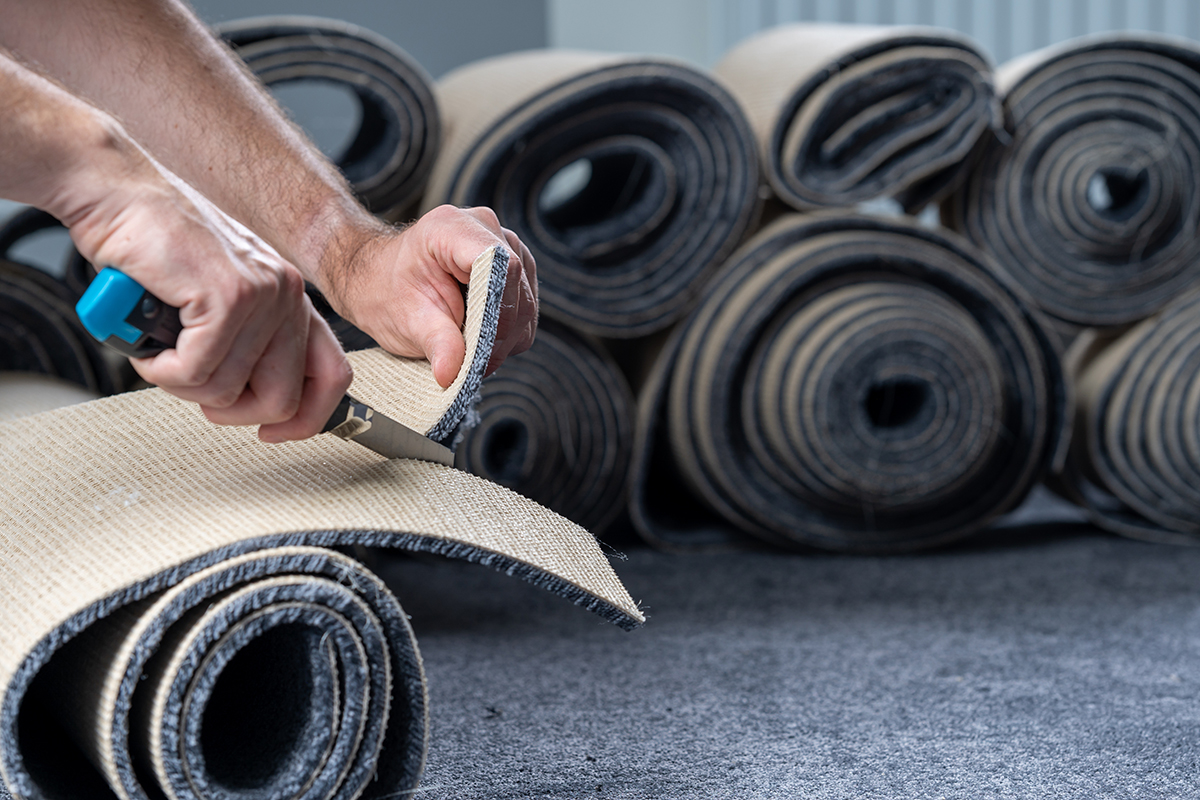A Portland, Oregon glass bottling operation that uses high levels of recycled glass cullet will shut down as part of owner O-I’s wider move to reduce costs and consolidate capacity. It comes after a few years of starts and stops at the plant due to regulations and demand.
O-I on July 30 notified state regulators the company would permanently close the glass plant, which state records indicate has been operating in Portland since 1956. Layoffs of a total of 90 workers are set to begin Aug. 5. The company will continue to use the space as a warehouse, according to the notification.
The glass giant alluded to the closure in its quarterly earnings statements published the same day as the layoff notice, referencing “the indefinite suspension of operations of one furnace as well as the closure of one plant in its Americas segment.”
“These actions are part of O-I’s Fit to Win initiative to reduce redundant capacity and begin to optimize its network,” the company wrote. Fit to Win is a strategy the company unveiled in 2024 to reduce costs and increase its competitiveness. In the recent earnings report, the company announced its Fit to Win strategy has provided $145 million in total benefit to the company in 2025.
In a statement to Resource Recycling, O-I spokesperson Stefan Weinmann added that customers of the plant will be served by other O-I facilities in the Americas region.
The bottling plant receives recycled cullet from a nearby glass beneficiation operation called Glass to Glass, which O-I also has a business stake in. As of 2021, the plant used more than 80% recycled content, Resource Recycling reported at the time. In documents submitted for Oregon’s extended producer responsibility for packaging program, the Glass Packaging Institute (GPI) laid out how the operations work with each other and with regional collection programs.
“O-I Glass purchases nearly 100,000 tons of recycled glass collected through a variety of programs throughout the state of Oregon,” GPI wrote in 2022. “These programs include the Oregon Beverage Recycling Cooperative and its bottle bill program, dual-bin collection programs in many parts of the state, and importantly, glass collected through single-stream (commingled) collection.”
“O-I estimates that roughly 50,000 tons of recycled glass is collected in a residential, curbside manner, including commingled collection and glass on the side,” GPI continued. “Both O-I and Glass to Glass have significantly invested in sorting and other cleaning equipment to help ensure commingled glass can be re-melted in their furnace to make new bottles.”
The closure comes after a turbulent few years for the Portland plant.
In 2021, the Oregon Department of Environmental Quality (DEQ) fined O-I more than $1 million for air emissions at the plant, which DEQ said were polluting the air. The company reached an agreement with DEQ later that year, requiring the company to install air filtration equipment or shut the plant down altogether.
O-I launched a plan to invest $11 million in pollution reduction equipment at the plant. But two years later, DEQ again fined the facility for air emissions and for failing to meet emissions limits the company agreed to in the 2021 settlement.
Also over the last several years, the Portland plant has idled or shut down multiple furnaces alongside the regulatory actions. It idled furnaces in 2019, 2021 and 2023, and also laid off 81 employees in 2023 due to market conditions. From July 2023 to January 2024, the facility was completely idled due to a lack of demand, according to Oregon DEQ.
Scott DeFife, president of the Glass Packaging Institute, said the location of older glass plants like the Owens Brockway facility can create pressure over time.
“There’s a century worth of glass plants that were built near industrial centers, where the city has grown up around the plant,” he said. In Portland, the glass plant is within Portland city limits and is highly visible, right next to a major freeway. “That kind of makes them targets,” DeFife said.
Additionally, the furnace closures at the plant in recent years could contribute to the decision to close that facility, DeFife noted: When a company is looking at which plants could absorb their capacity into other company locations, a facility that is down to just one furnace could be an attractive choice.
DeFife said glass demand remains strong in North America, but that there is growing import pressure.
“It’s not that there’s less glass in the U.S. than there was three or four years ago, it’s coming from different places,” DeFife said, citing imports from China and elsewhere creating significant pressure for domestic players.
Although the closure removes a very local end market for Oregon glass collected through the state’s deposit system as well as curbside programs, it’s unlikely to affect the regional glass recycling system.
Weinmann, the O-I spokesperson, said the Glass to Glass operation is “not impacted by the closure.”
Additionally, when the glass plant was idled for about seven months in 2023 and 2024, there was no disruption to glass collection programs. The Oregon glass is also of relatively high quality, since it largely comes through deposit and glass-on-the-side streams rather than being commingled with single-stream recyclables. That means it’s a highly marketable product even if the end markets get farther away.
DeFife of GPI noted there are other nearby potential end markets including a bottling operation in Kalama, Washington, and that glass from Oregon has gone elsewhere in Washington, and to buyers in California and Colorado in the past.
“There should not be any impact on glass recycling,” he said. “The recycled content all has a home.”
























